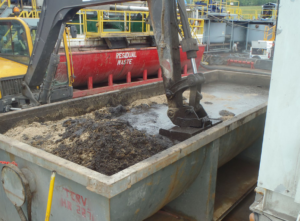
There’s a lot of work that goes into choosing the right product. There is so much going on and operational efficiency is of the utmost importance. There are quotas and budgetary considerations. And let’s not negate the importance of being cognizant environmental compliance regulations.
While wastewater treatment plants face many challenges, one of the biggest pain points faced by our customers is the safe and cost-effective removal of stabilized solidified sludge.
Frequently our customers come to us looking for a cost comparison of the wastewater solidification products they have been using against our solidification products.
For a better understanding of how we help our customers, we’ve put together a list of three key problems they are looking to solve. They want to:
Let’s look at solidification and volume reduction because it is the most significant point. Our clients have told us the wastewater and sludge solidification products they use have a 1-1 ratio when solidified. That means they have double the amount of waste to transport and dispose of.
If we look at the objective of trying to stabilize the organic materials, most of the solidification products they use will stabilize the organic materials. However, they fail to meet the criteria for reducing transport and disposal volume.
Almost always our customers said fly ash and sawdust were cost-effective and the perfect solution for wastewater and sludge solidification and removal. Except for the problem of a 100% increase in volume which needs to be transported.
When you choose fly ash or sawdust, you end up transporting double the amount of waste. That can significantly affect operational costs. For example, the labor costs associated with transporting twice as much waste. Wear and tear on trucks. Then couple that with two-times the tipping fees and amount of waste being sent to a landfill. This can cause the total disposal budget to skyrocket.
In the end what you’re used to using for solidification and stabilization really isn’t cost-effective at all.
If you’re frustrated with the end-costs associated with the wastewater solidification products you are using, contact us here and we’ll get back to you within one business day. We look forward to helping you find ways to save money.
© Copyright 2025 Guardian Environmental Technologies All Rights Reserve